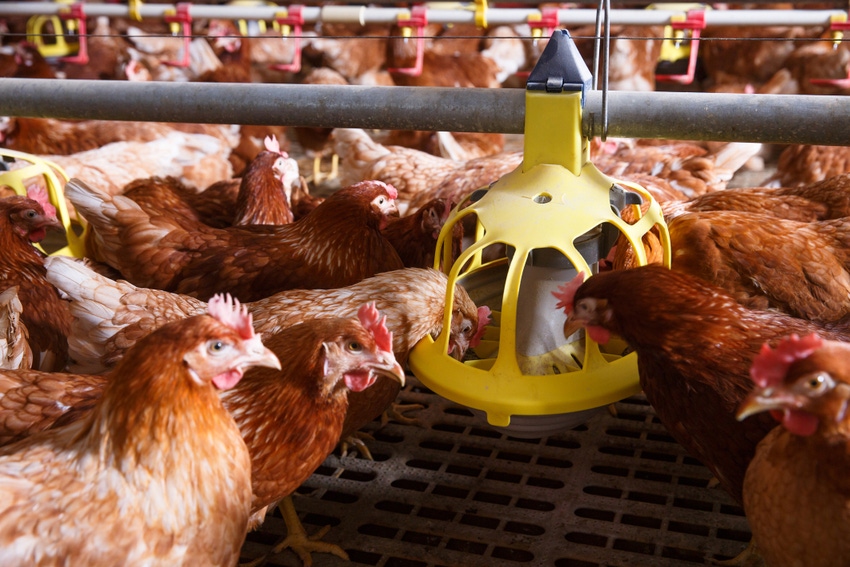Advancing animal welfare through sensing, AI technology
Hendrix Genetics joins IMAGEN project that aims to combine sensing and artificial intelligence with animal breeding to improve livestock health and welfare.
December 6, 2019

A multifaceted, long-term study will combine animal breeding with advances in sensing and artificial intelligence (AI) technologies to help in the transition towards sustainable livestock production, according to project participant Hendrix Genetics.
"We have an urgent need to respond to consumers’ demands relating to animal welfare. To address this, the industry continues to transition to welfare-friendly systems, such as free-range egg farms and group housing for pigs. This change presents a challenge to understand and predict animal behavior in these relatively new environments. Advancement in vision, sensing and AI technologies offers a crucial opportunity to develop new methods to automatically detect and analyze animal behavior. Better understanding of social interactions between animals in social groups will result in reduced instances of harmful animal tendencies such as feather pecking in laying hens and tail biting in swine," said Katrijn Peeters, a research geneticist with Hendrix Genetics who wrote the announcement.
To address these issues, Hendrix Genetics has joined the IMAGEN (AnIMAl Group SENsor) project. By combining sensing and AI technology with animal breeding and genetics, this project aims to improve the health and welfare of livestock and reduce the ecological footprint of food production.
IMAGEN combines a team of industry and academic specialists, including three universities (Eindhoven University of Technology, Wageningen University & Research and Utrecht University), three associations (The Dutch Farmers’ Assn., the Royal Netherlands Veterinary Assn. and the Dutch Society for the Protection of Animals) and six companies (Hendrix Genetics, Topigs-Norsvin, Vencomatic, Noldus IT, Sorama and FarmResult), the announcement said.
Hendrix Genetics will be closely involved in one of the sub-projects focused on behavioral interactions in laying hens, the company noted. The project will span five years and will have three main tasks:
1. Develop sensing and AI technologies for automated behavior detection in laying hens;
2. Conduct behavioral research of the emergence and spread of behaviors in laying hens, and
3. Prepare genetic modeling of the emergence and spread of behaviors in laying hens.
IMAGEN will result in a prototype hardware/software system for the automated detection of behaviors of laying hens and pigs kept in large groups, Peeters said.
"Building on the data generated by these technologies, we will develop mathematical models and data analysis methods to understand the behavior of groups of animals and identify the genetic and environmental factors determining the health, welfare and ecological footprint of livestock. It will allow us to breed for improved future generations of animals," she added.
The IMAGEN project also aligns with the SMART Turkey project, which focuses on the automated detection of individual health and behavior phenotypes in turkeys, according to the announcement.
"By working together with a range of experts and stakeholders in both projects, we are proud to be a part of this ambitious venture to maximize health and welfare of the animals in our care and throughout the industry," Peeters said.
You May Also Like


.png?width=300&auto=webp&quality=80&disable=upscale)
